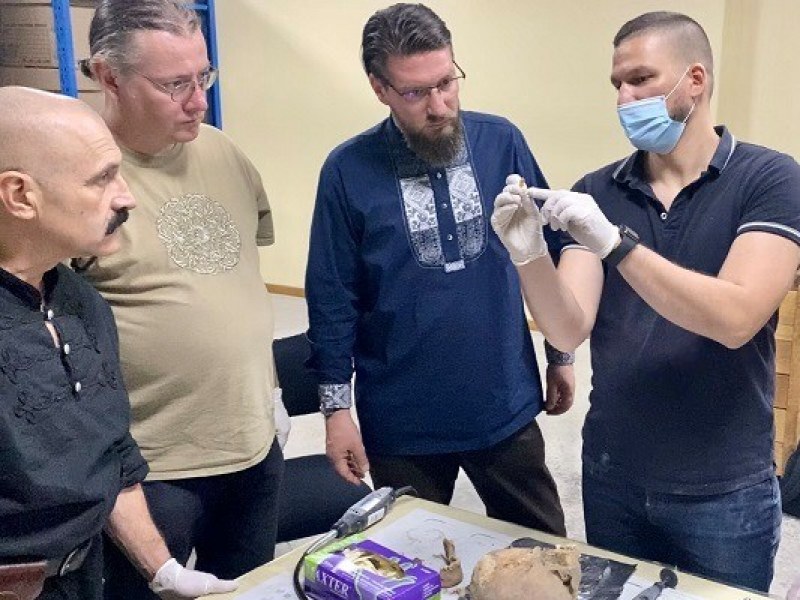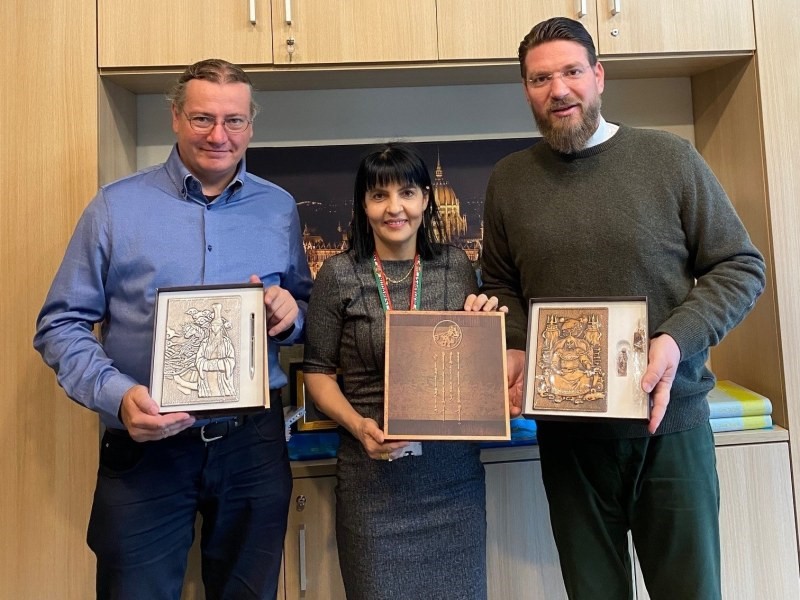
Latest technology in the restoration of the Hun cauldron found at Ar-Gunt
________________________________________
The first phase of the restoration of the large cast-iron Hun cauldron excavated at the Mongol site of Ar-Gunt in 2022 has begun, in cooperation with the Research Centre for Archaeology and Archaeogenetics of the Institute of Hungarian Research:
17 countries, 240 scholars, 6 sessions, 6 venues, 3 days, 1 city: Ulaanbaatar (Mongolia) - A place rarely visited by European archaeology: The ancestral homeland of the Huns.
The researchers and the Director General of the Institute of Hungarian Research, at the invitation of Gelegdorj Eregzen, Director of the Institute of Archaeology of the Mongolian Academy of Sciences, represented Hungary at one of the world's most prestigious international scientific conferences after a break of several decades.


REVIVING SIX DECADES OF BROKEN COOPERATION
Daily newspaper Magyar Nemzet published an interview with Borbála Obrusánszky, ambassador of Hungary to Mongolia. The Ambassador spoke highly of the cooperation agreement covering several scientific fields signed between the Institute of Archaeology of the Mongolian Academy of Sciences and the Institute of Hungarian Research and stressed the importance of the joint excavation project of the Hun grave in Belkh relaunched after six decades in June this year thanks to the Institute.
Two thousand years old Hun bones sampled at the Anthropological Repository of the Mongolian Academy of Sciences
In the framework of the scientific cooperation between the Mongolian Academy of Sciences and the Institute for Hungarian Studies, we had the opportunity to visit the Anthropological Repository of the Academy and take archaeogenetic samples. The samples were taken from skeletons from Hun cemeteries in Asia, which are important for Hungarian prehistory, with the aim of comparing the genetic samples of the Huns with the archaeogenetic samples of the conquering Hungarians.


A new chapter for Hungarian prehistoric research
Yesterday evening, Director-General Gábor Horváth-Lugossy and Director Miklós Makoldi arrived in Ulaanbaatar to give substance to the recently signed cooperation agreement with the Institute of Archaeology of the Mongolian Academy of Sciences. The first project of the cooperation is the participation in in the Mongolian research on Asian Hun archaeological sites.